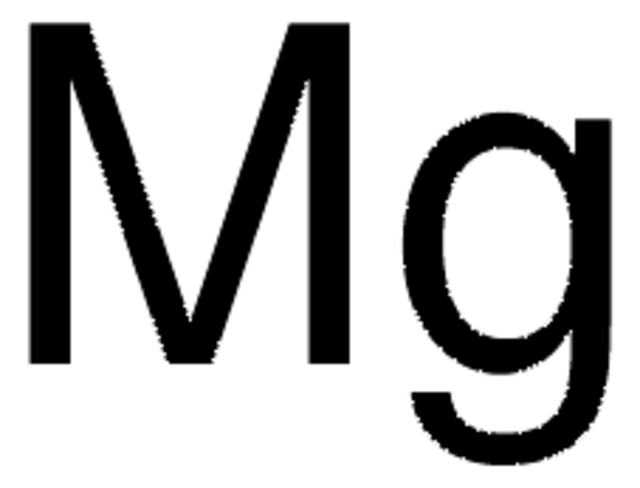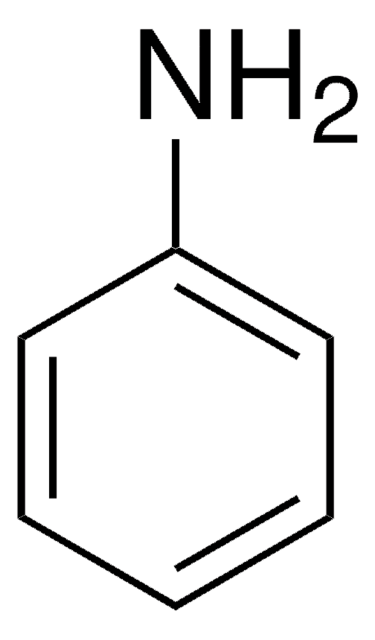474754
Magnesium
dendritic pieces, purified by distillation, 99.998% trace metals basis
Synonym(s):
Hypermagnesemia, Magnesium element
About This Item
Recommended Products
vapor pressure
1 mmHg ( 621 °C)
Quality Level
assay
99.998% trace metals basis
form
dendritic pieces
autoignition temp.
950 °F
purified by
distillation
reaction suitability
reagent type: reductant
resistivity
4.46 μΩ-cm, 20°C
bp
1090 °C (lit.)
mp
648 °C (lit.)
density
1.74 g/mL at 25 °C (lit.)
SMILES string
[Mg]
InChI
1S/Mg
InChI key
FYYHWMGAXLPEAU-UHFFFAOYSA-N
Looking for similar products? Visit Product Comparison Guide
Related Categories
Application
signalword
Danger
hcodes
Hazard Classifications
Pyr. Sol. 1 - Water-react 1
wgk_germany
WGK 3
flash_point_f
Not applicable
flash_point_c
Not applicable
ppe
Eyeshields, Faceshields, Gloves, type P3 (EN 143) respirator cartridges
Certificates of Analysis (COA)
Search for Certificates of Analysis (COA) by entering the products Lot/Batch Number. Lot and Batch Numbers can be found on a product’s label following the words ‘Lot’ or ‘Batch’.
Already Own This Product?
Find documentation for the products that you have recently purchased in the Document Library.
Customers Also Viewed
Articles
Mechanochemical Effect of Severe Plastic Deformations: Metal Alloys, Hydrides and Molecular Solids
In recent years, the price of tellurium, a key component in the bestperforming thermoelectric materials, has increased significantly, leading to the question, “Is it economically viable to produce thermoelectric generators on an industrial scale?
The price of tellurium, a key component in many thermoelectric materials, has risen in recent years, leading to the search for more cost-effective substitutes. This article presents silicide materials as a cheaper potential alternative.
Our team of scientists has experience in all areas of research including Life Science, Material Science, Chemical Synthesis, Chromatography, Analytical and many others.
Contact Technical Service

